Part 1 – Art, Computers and Systems
Part 2 – Art, Computers and Systems
The interplay between early computers and system theory left an indelible mark on the art world, shifting the focus towards the intersection of art and technology. Groundbreaking exhibitions like Cybernetic Serendipity (1968) showcased a plethora of avant-garde artworks that embodied the ideals of earlier Modern art movements while innovatively employing new media. As the art world underwent a sea change with the advent of the digital era, technology became an indispensable medium for all forms of creation.
Early avant-garde movements from the mid-20th century evolved into today’s new media arts practices, seeing pioneering works that harnessed computer-controlled hardware and software to weave complex interactions and digital graphics and sound into their work. In this era, code became a viable medium as well, implicating that artists can use code creatively to craft work through algorithms and automation.
In parts 1 and 2, I explored the intersection of art, computers and systems and used two of my own installations to discuss how systems-thinking and design informed these artworks that are driven by artist-made software, as an expressive form of artmaking.
As I conclude my insights on the convergence of art, computers, and systems, I’m excited to share several artists whose works fuel my inspiration. Their creative systems, coded innovations, and novel tools redefine the boundary between the digital and physical worlds. Let’s now take a journey of discovery as we investigate the boundless potential of human imagination at the intersection of art and technology.
Alexis André
http://alexisandre.com
https://twitter.com/mactuitui
Alexis André is a creative coder and generative artist based in Tokyo. I first learned about his work when I started exploring Nannou, a creative coding platform created in the computer programming language Rust. André’s work uses procedural and algorithmic approaches to making visual art and animation. His work also explores the fabrication of textiles and physical media derived from his code-generated artwork.

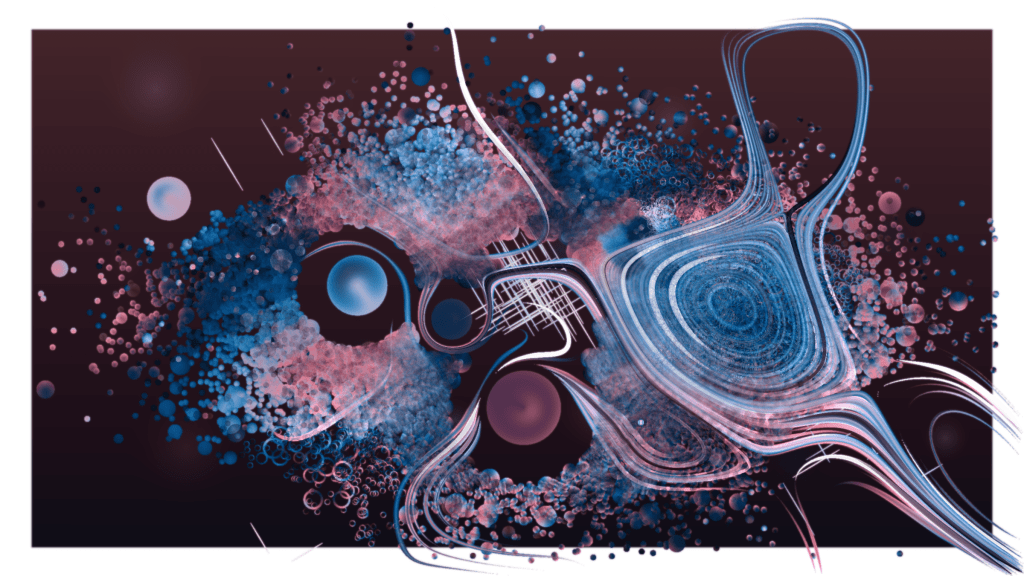
Pablo Alpe
https://www.instagram.com/pablo_alp
https://www.instagram.com/vitamin_studio
Pablo Alpe is a creative coder and electrical engineer making generative visual art and installations. He is the co-founder of Vitamin Studio, an interdisciplinary design company based in Valencia, Spain.
Using tools like TouchDesigner, Alpe’s work explores a range of abstract minimal geometric styles and textures using shaders – low level programs designed to run on the graphics processor. The Vitamin Studio makes novel use of light to create structural forms and experiential artworks that come to life through interactivity.

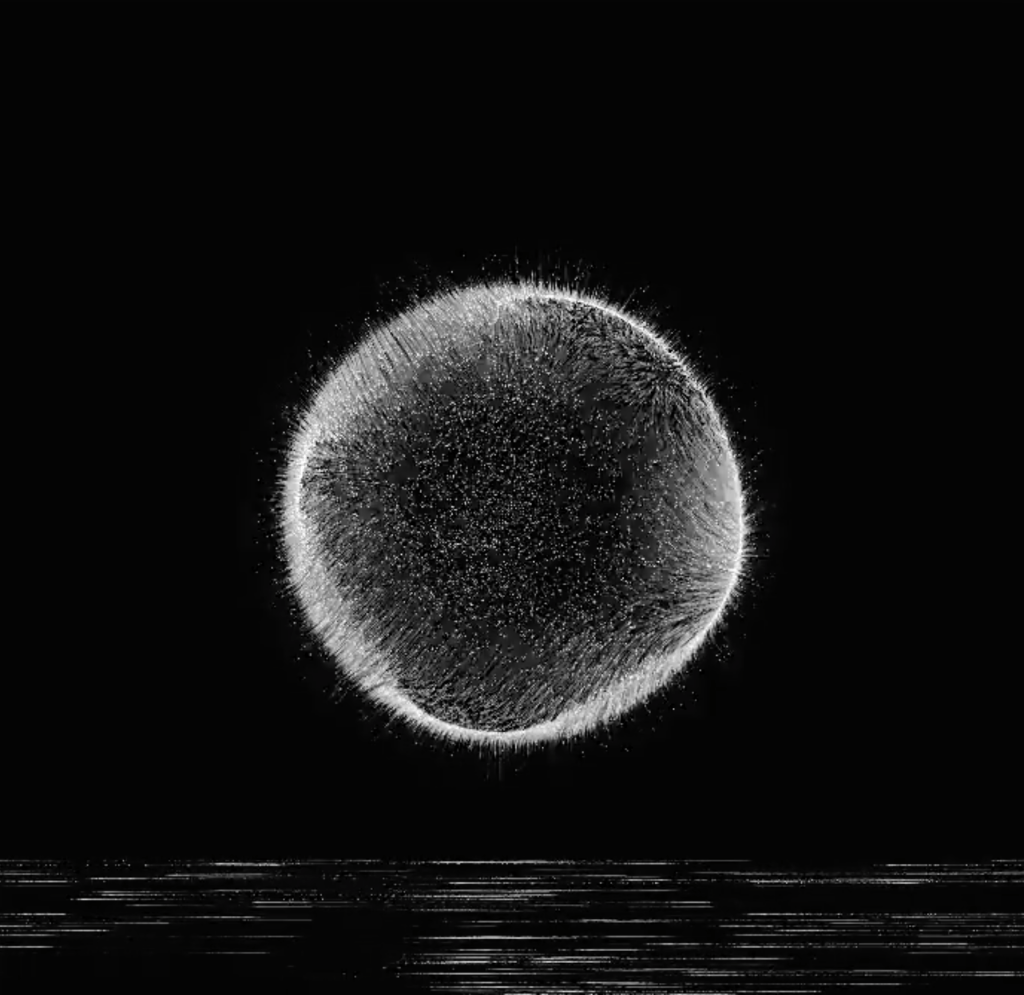

Jim Campbell
Jim Campbell is a prominent San Francisco-based artist who specializes in creating electronic lighting installations. Originally a filmmaker, Campbell switched to electronic sculpture in the 1990s, drawing widespread attention for his LED matrix works. Having studied electrical engineering at MIT, Campbell became renowned for his LED grids that blur the lines between human knowledge and mathematical data through pixelated representations. His work is acclaimed for exploring abstract concepts in visually stunning and innovative ways.


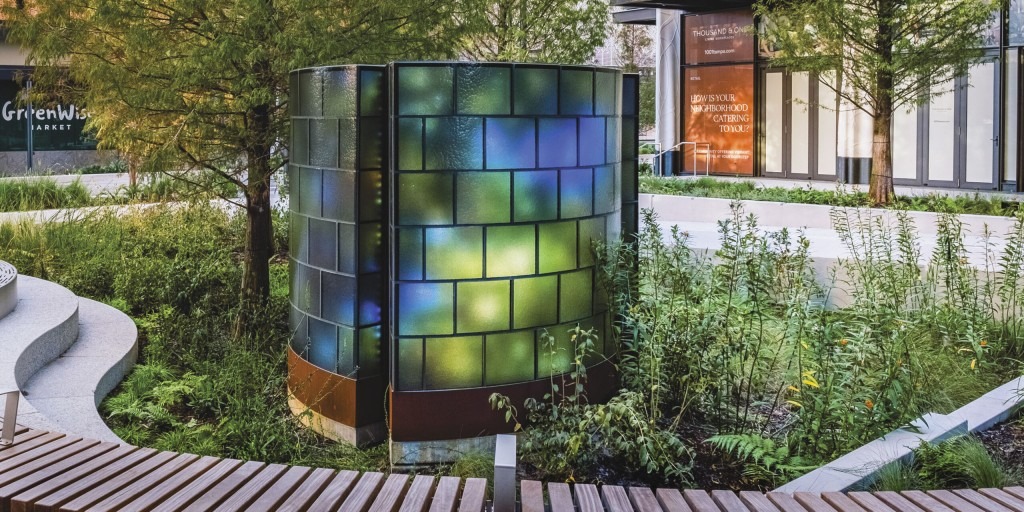
Sougwen Chung
Sougwen is a Chinese/Canadian artist and researcher who has been developing novel methods of human-machine production to co-opt visual art, performances and more. Her pioneering work and research using algorithmic systems and use of bio-sensors has helped advance the field of human-machine interaction.


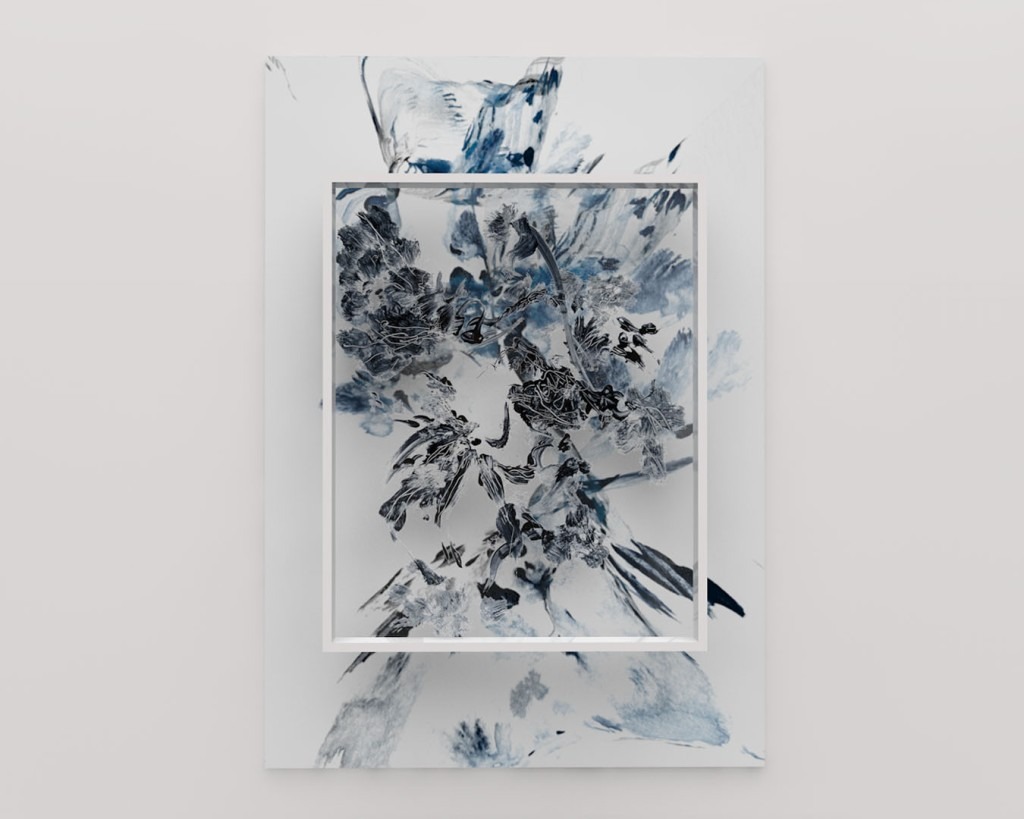
Drift
DRIFT, founded in 2007 by Dutch artists Lonneke Gordijn (1980) and Ralph Nauta (1978), seeks to unravel nature’s mysteries and hidden properties through technology. By harnessing the underlying mechanisms of the Earth, they manifest phenomena to help us strengthen our bond with it.
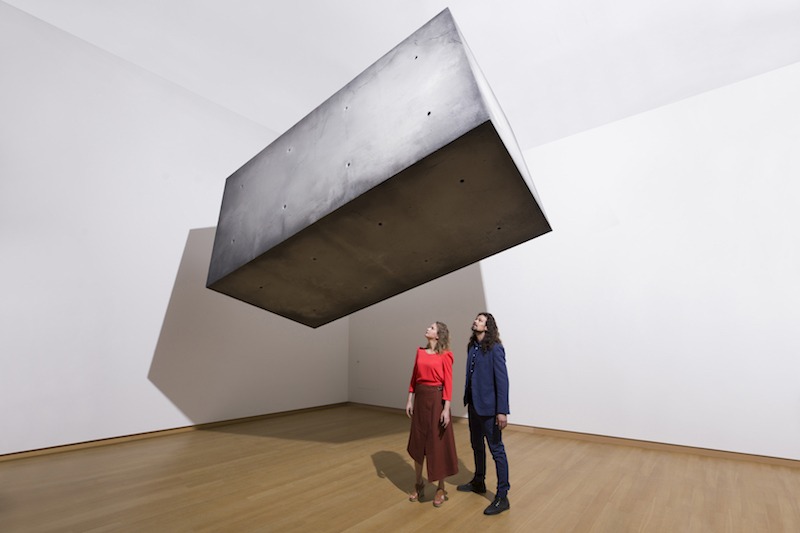
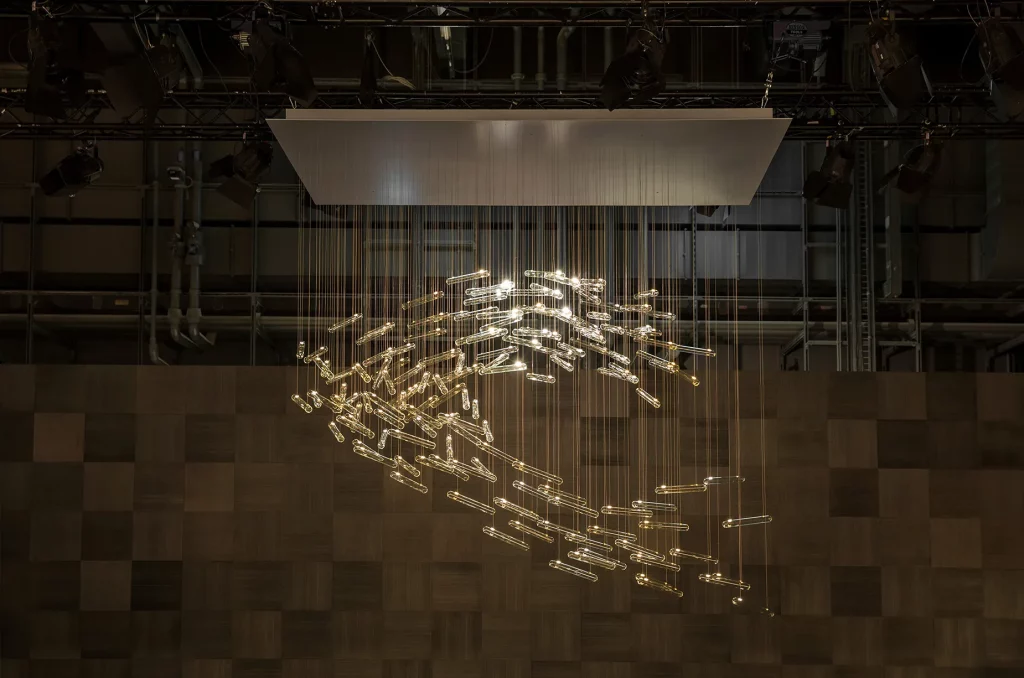
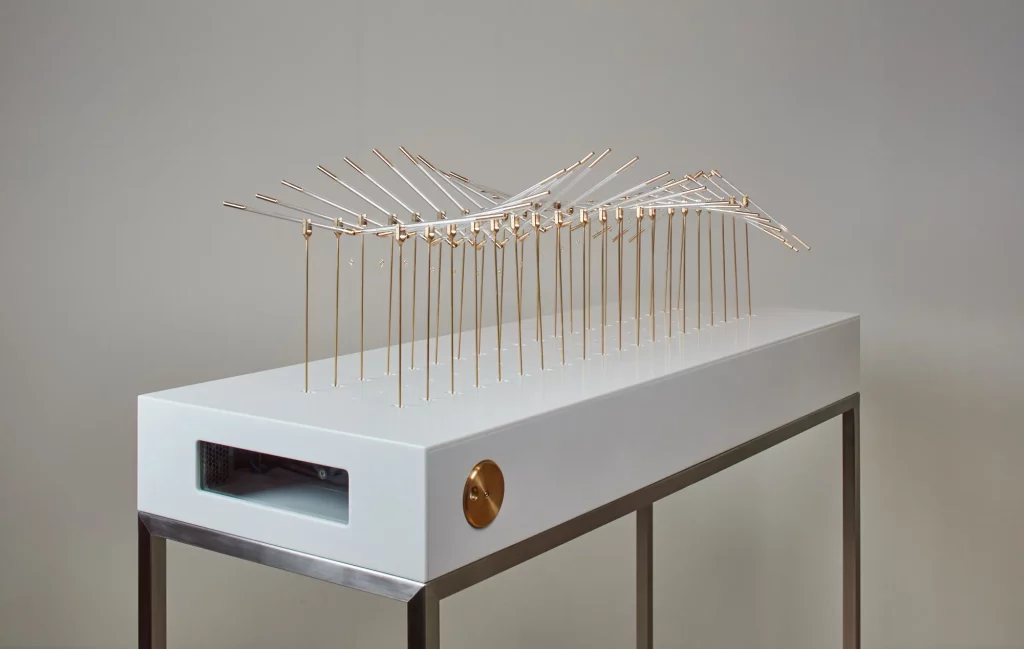
Tyler Hobbs
Hailing from Austin, Texas, Tyler Hobbs is a visual artist who favors algorithms, plotters, and paint as his primary mediums. He seeks to explore computational aesthetics and the impact modern computer software and hardware biases have on them, juxtaposed against the natural world. Tyler develops and programs algorithms, generating visually striking imagery that deftly bridges the gap between computers’ rigid structure and nature’s messy, organic chaos.
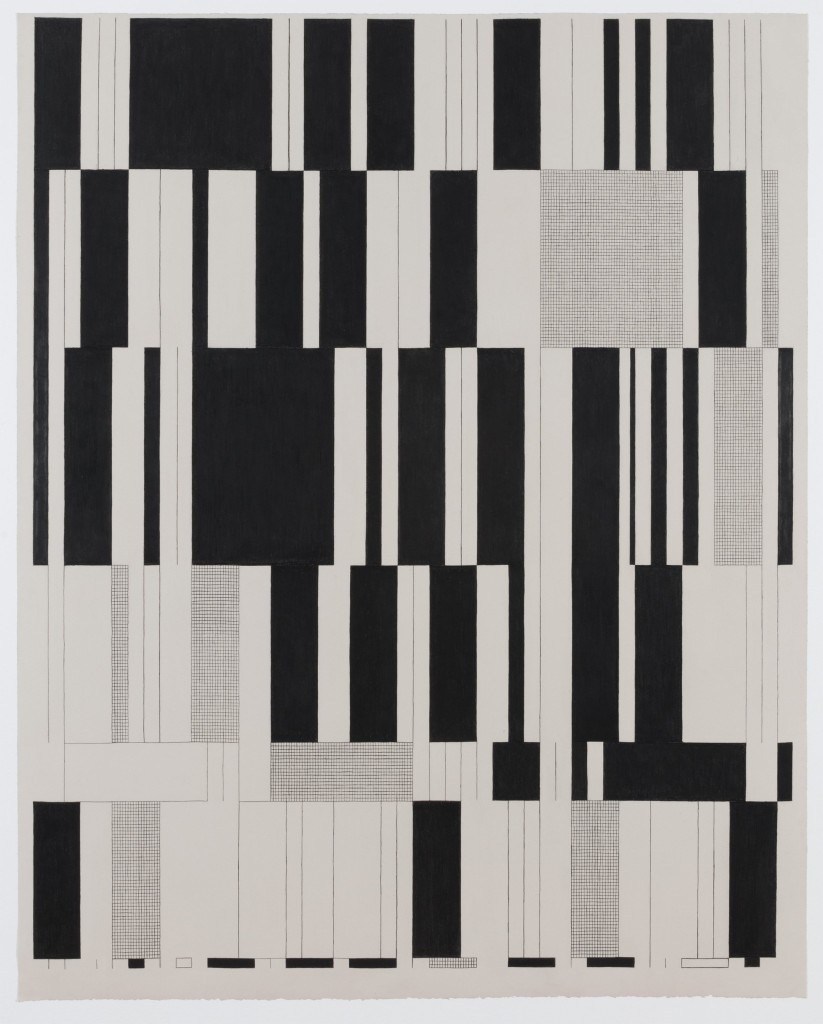
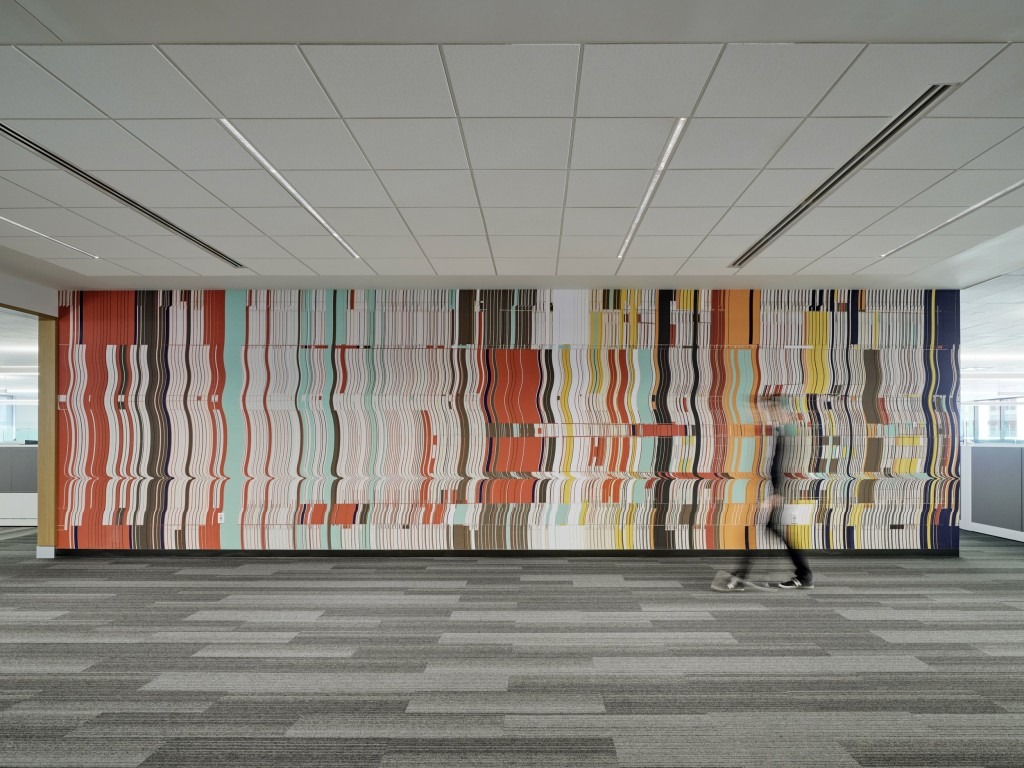
Daito Manabe
Daito Manabe is a Japanese artist and engineer, known for creating visually stunning installations that interact with the audience. His work employs state-of-the-art technologies like virtual reality, combined with a creative use of light and sound. After graduating from the University of Tokyo, Manabe founded Rhizomatiks in 2006 to continue pushing the boundaries of art and technology. I’ve been especially impressed by Manabe’s creative use of projection for interactive performance.
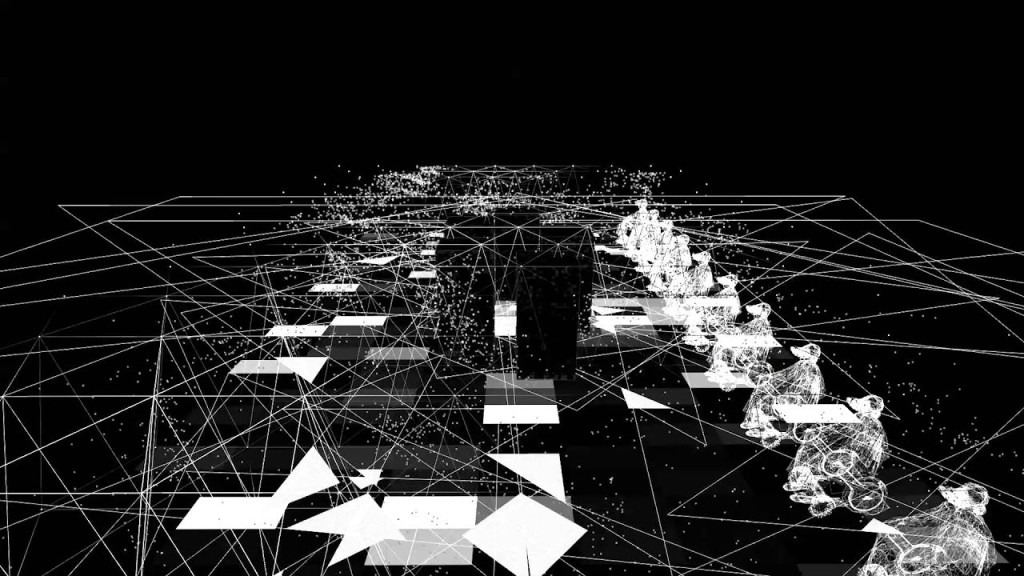


Vera Molnár
I draw immense inspiration from Vera Molnár, a true trailblazer in the realm of computer art. Her pioneering systems-based approach shaped contemporary intersections between art and technology. Vera masterfully blends geometric abstractions with a disciplined compositional method governed by mathematical rules—a precursor to computer development. Her life is governed by squares, triangles, and lines. Throughout the 60s, Vera employed simple algorithmic programmes, publishing by her ‘Machine imaginaire’ methodically through all the permutations of a series—following instructions & self-imposed limitations. At the time of this writing, she is the oldest practicing new media artist at 99 years of age.
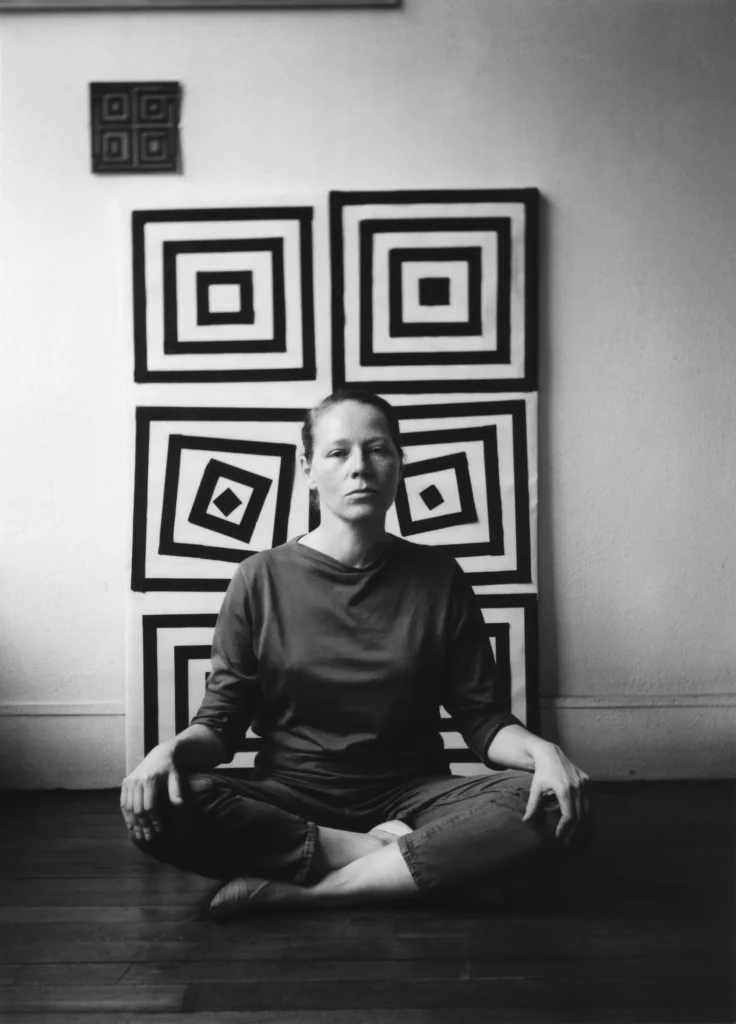
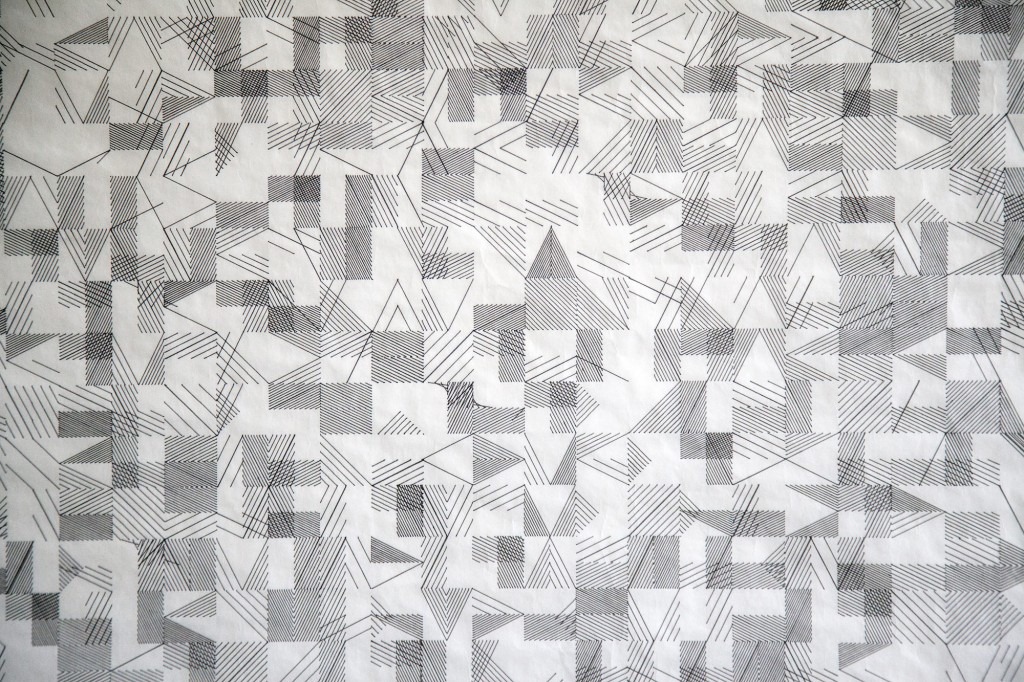
Francesco Lo Castro
https://www.francescolocastro.com
Francesco Lo Castro, a Miami-based visual artist, weaves a future-forward approach into his work, which blends Italian futurism, art deco, and modern digital animation aesthetics. His oeuvre includes paintings, sculptures, installations, and animations, each suffused with vibrant color and utterly distinctive.
The gallery ARTECHOUSE is where I first discovered Lo Castro’s work. I was captivated by his immersive installation, which seamlessly intertwines animation, sculpture, lighting, and sound into a singular experience. Among his recent projects is his new projection-mapped immersive installation, Myriad Loops, showcased at Fairgrounds St. Pete.

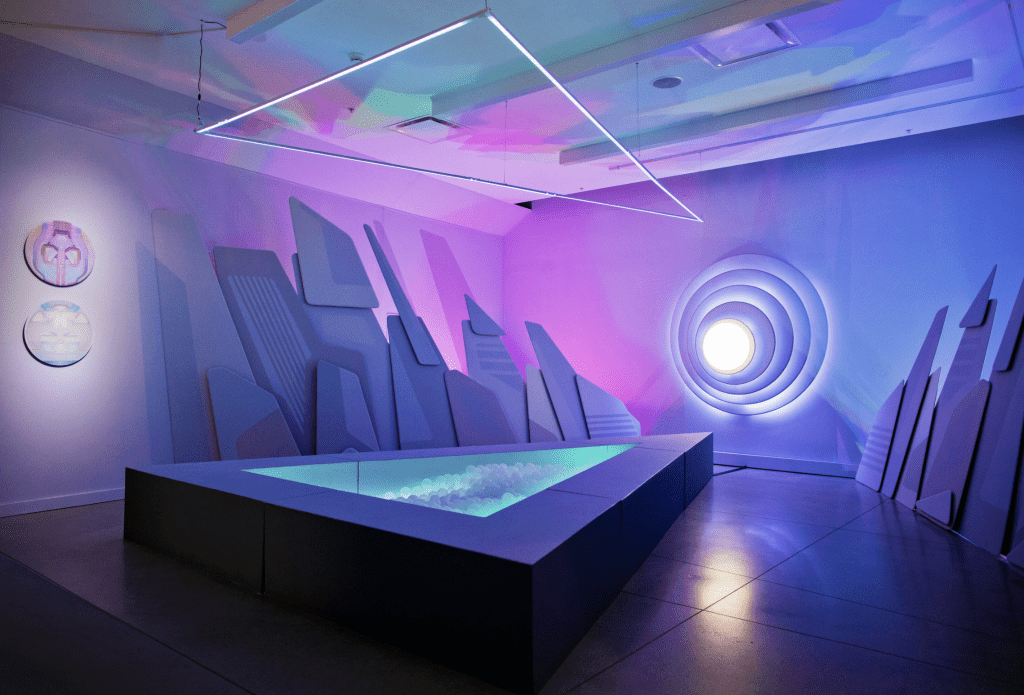
Random International
https://www.random-international.com
Founded in 2005, Random International is an art collective and collaborative studio based in London. The group is renowned for its stunning Rain Room installation – an interactive installation that propelled it to the forefront of the art world. Their impressive body of work transcends mediums, encompassing sculpture, performance, and large-scale architectural installations.
Random International’s art and installations epitomize the integration of systems. Their work has captivated me for years as they traverse multiple technical fields with ease, relying on precisely engineered components and customized software, driven by complex algorithms that bring their ideas to fruition.
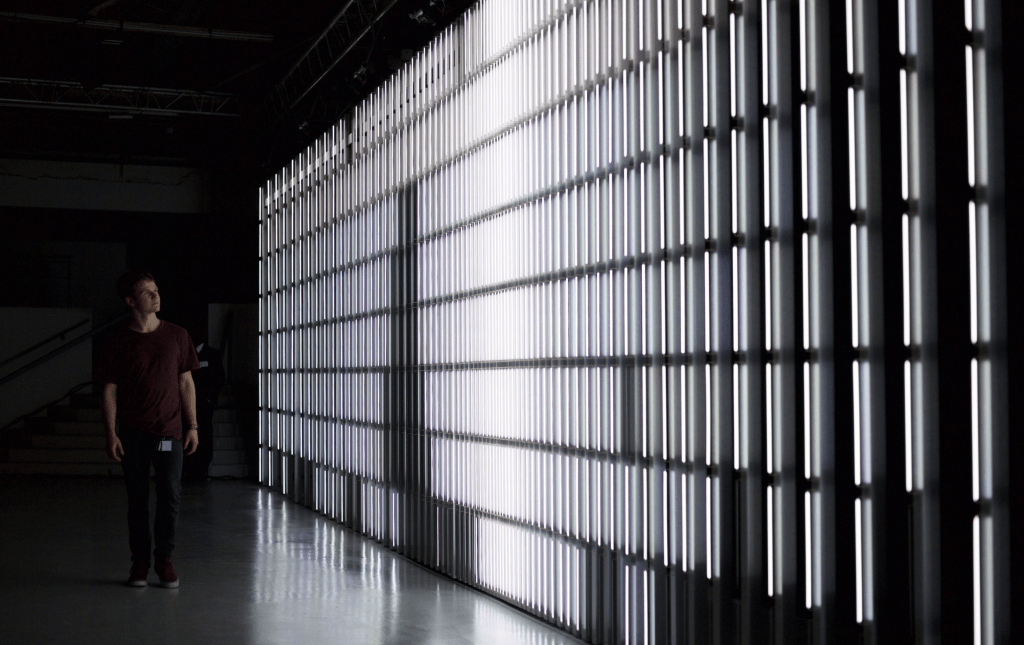
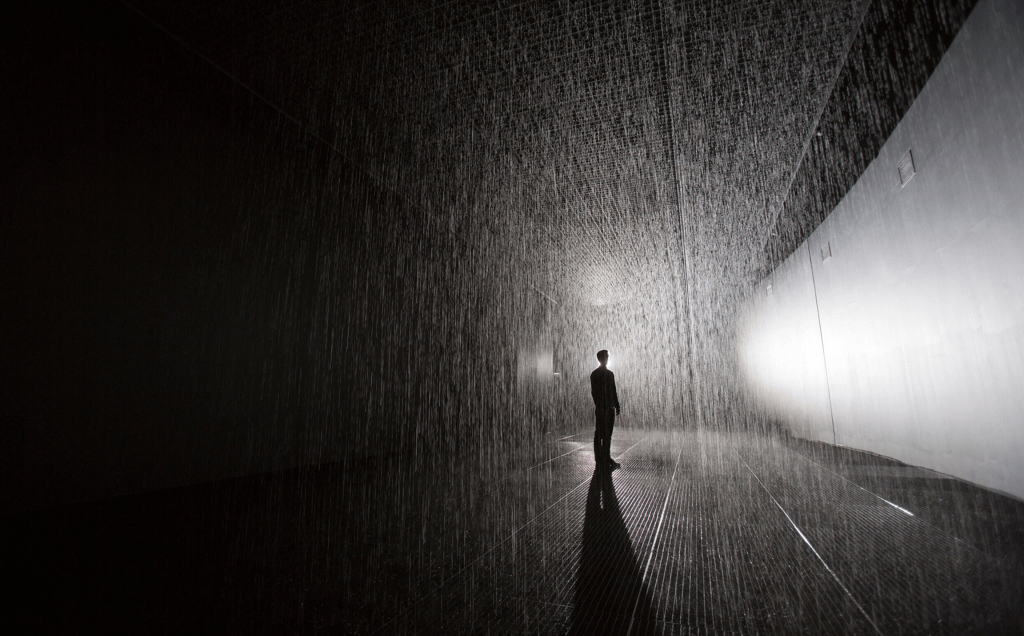

Chelley Sherman
Chelley Sherman, a virtuoso virtual artist from San Francisco, specializes in leveraging multiple mediums to produce works of art that explore human cognition, perception, and non-linear narrative. Sherman’s rich portfolio features mesmerizing installations and performances that integrate virtual reality, projection mapping, and interactive audio-visual components. Her unique approach has generated interest at media arts festivals throughout San Francisco, Los Angeles, Detroit, and New York.

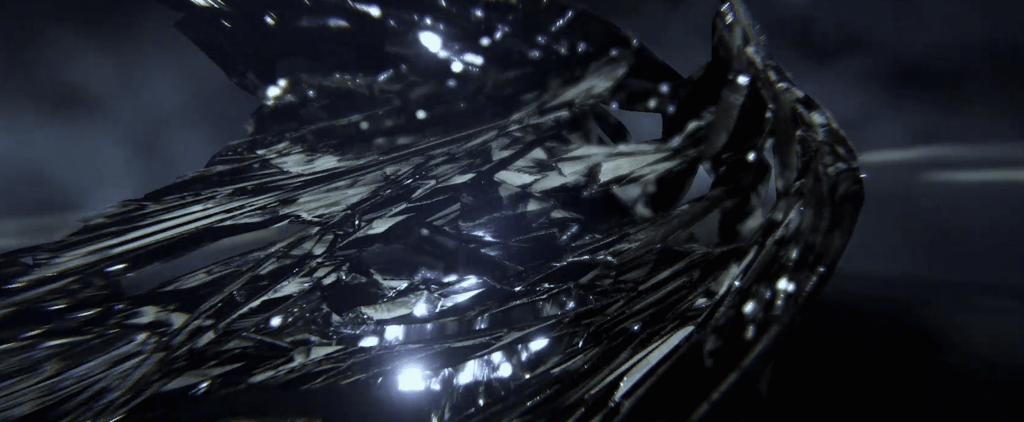
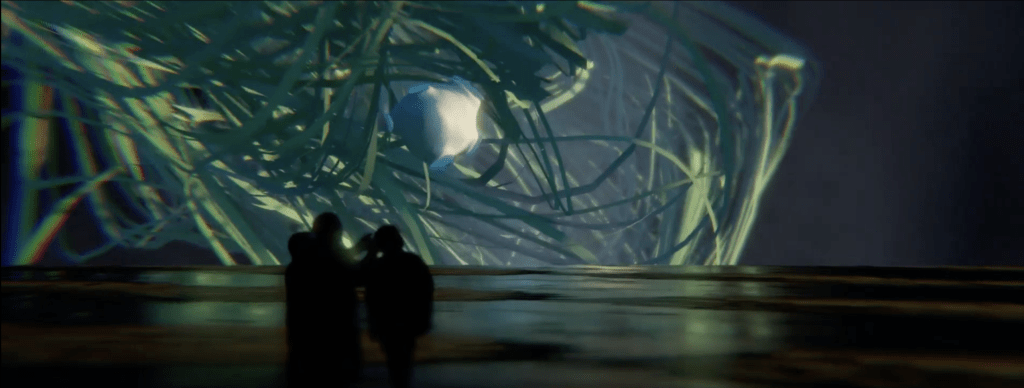
teamLab
Formed in Tokyo, Japan in 2001, teamLab is an international art collective composed of interdisciplinary artists who refer to themselves as ultra-technologists. The group’s members comprise artists, engineers, programmers, mathematicians, CG animators, and architects. Digital technology is utilized by this collective to create stunning works of art.



John Henry Thompson
http://www.johnhenrythompson.com
John Henry Thompson, an exemplary artist, educator, and creative coder, stands out as an inspiration to me. In 1989, Thompson revolutionized the field by developing the Lingo programming language, which informed the modern creative coding frameworks that continue to shape new media and generative art – Processing, Openframeworks, Nannou, and beyond. Thomson’s work is a personal inspiration because Lingo was the first language I learned to create my own interactive media art projects and earn income designing web projects.
Thompson continues to push the boundaries with his latest venture, an open-source software called DICE, designed to run on iOS devices, available now on the Apple store. DICE unlocks the potential of an iPhone’s sensors, including its camera, microphone, accelerometer, and gyro, enabling users to create art using data in a truly innovative manner.

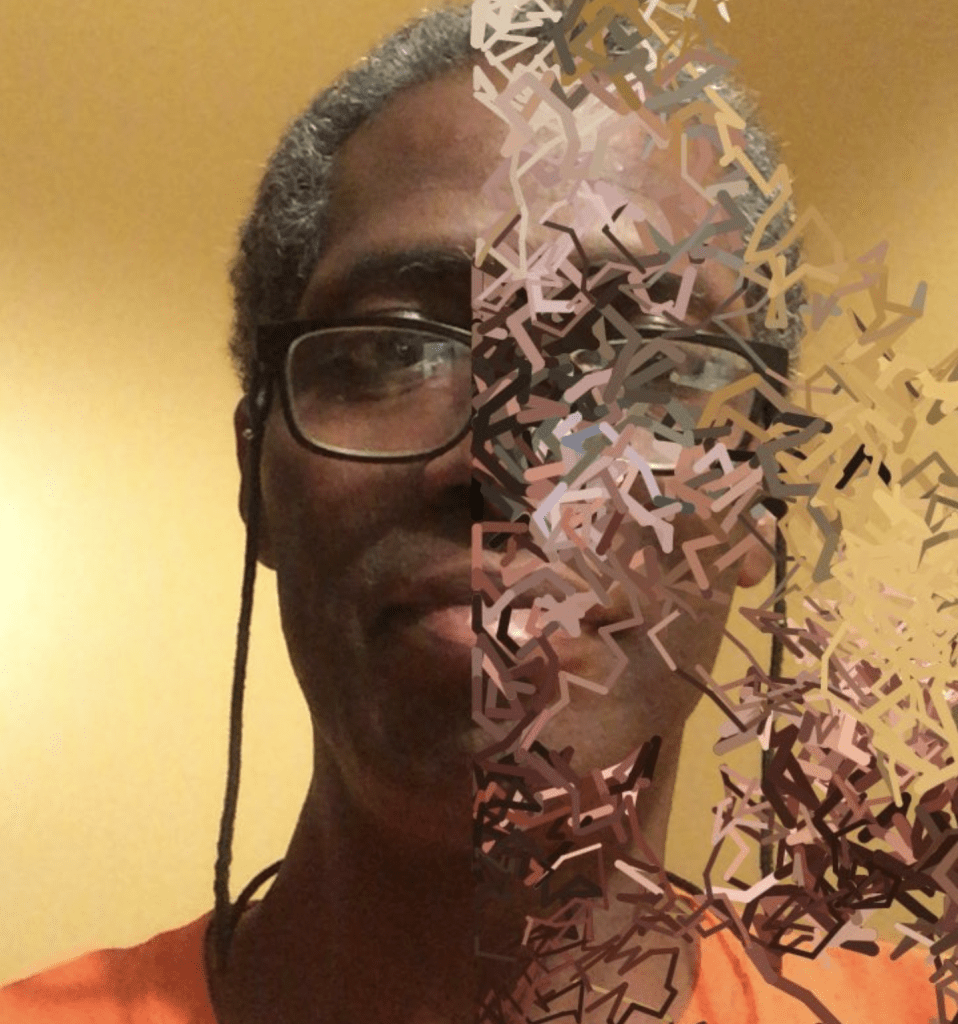
Zimoun
Zimoun, a Swiss sound artist, crafts sonic sculptures from unrefined industrial materials. Utilizing basic electronic components such as dc-motors, he transforms spaces, emphasizing their intricate sonic textures. I am moved by Zimoun’s resourceful method of using minimal materials to construct architectural installations that surpass their materiality through sound and motion.



ARTISTS IN THIS ARTICLE:
- Alexis André
http://alexisandre.com/index.html
https://twitter.com/mactuitui - Pablo Alpe
https://www.instagram.com/pablo_alp
https://www.instagram.com/vitamin_studio - Jim Campbell
https://new.jimcampbell.tv - Sougwen Chung
https://sougwen.com - Studio Drift
https://studiodrift.com - Tyler Hobbs
https://tylerxhobbs.com - Daito Manabe
https://www.daito.ws/en - Vera Molnár
http://www.veramolnar.com - Francesco Lo Castro
https://www.francescolocastro.com - Random International
https://www.random-international.com - Chelley Sherman
http://www.spaceisthe.place
- teamLab
https://www.teamlab.art - John Henry Thompson
http://www.johnhenrythompson.com
- Zimoun
https://www.zimoun.net





